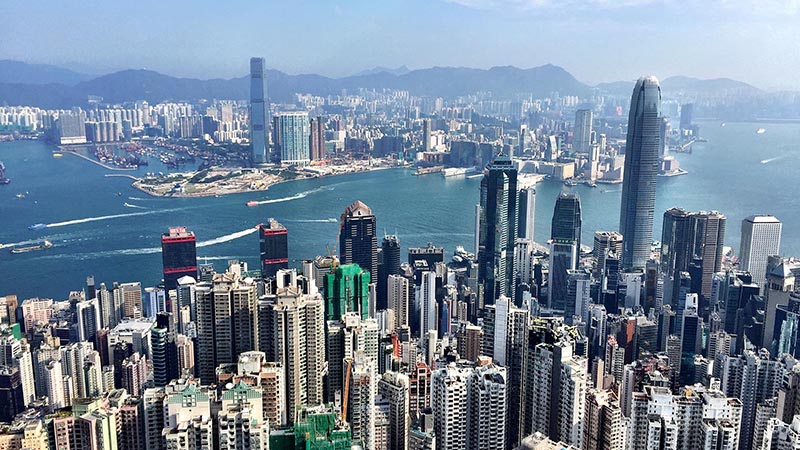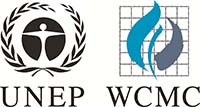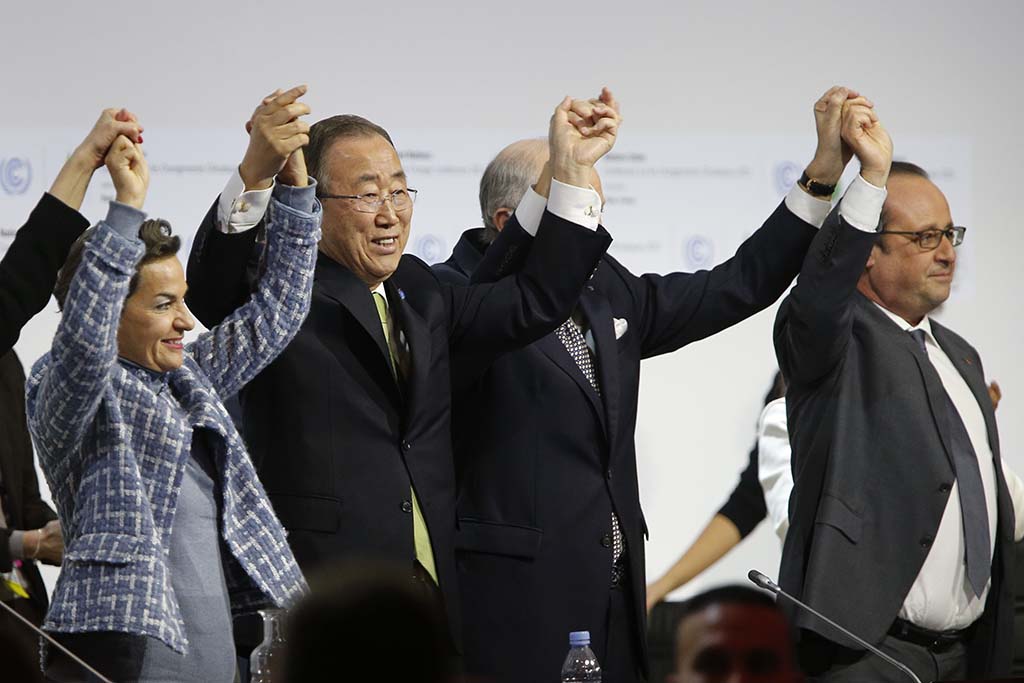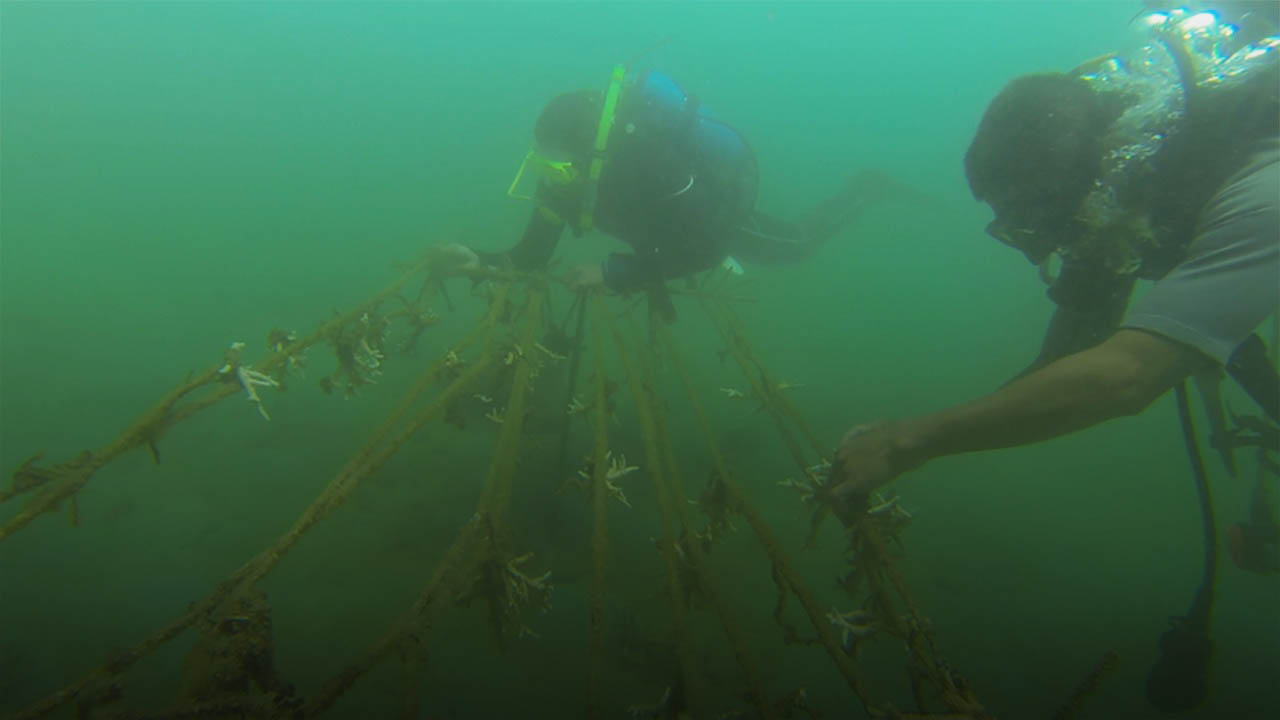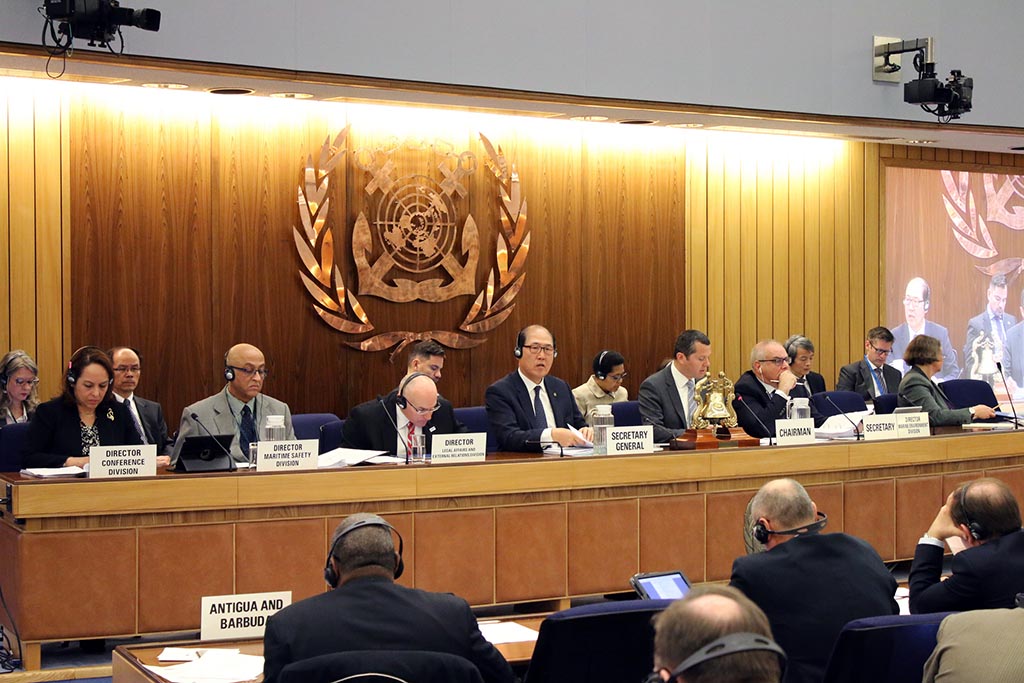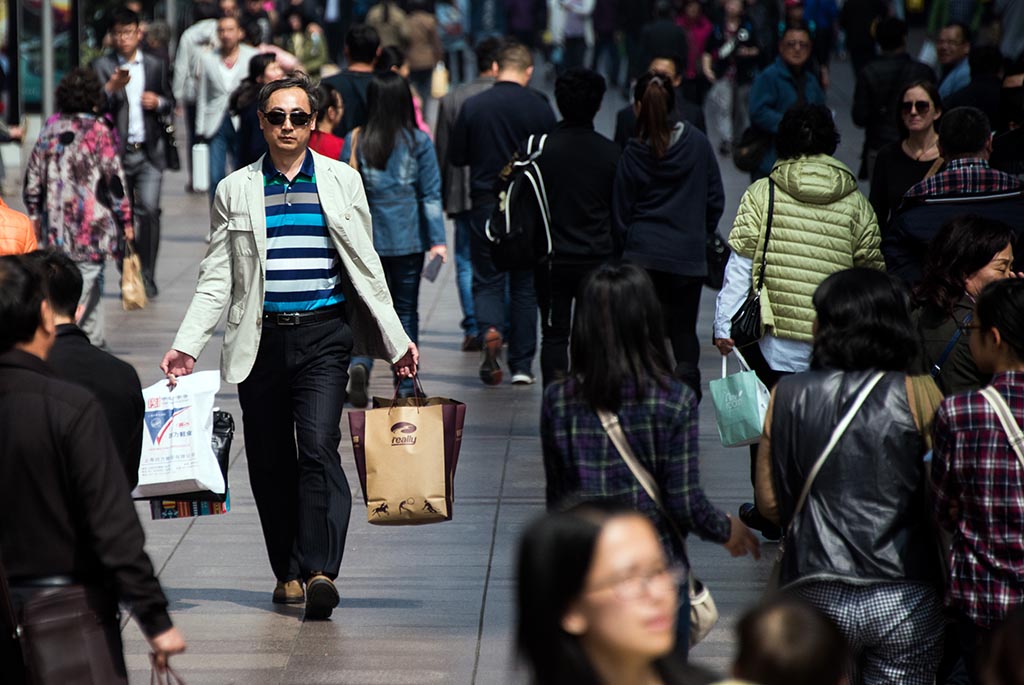A New Hope
The IMO's Marine Environment Protection Committee had its 69th meeting at the end of April, in the first test of the IMO's resolve to tackle greenhouse gas emissions since the Paris talks. It was unlikely that an emissions reduction target would be decided, but there were expectations participants would agree to a roadmap for eventually establishing a "fair share" target for the industry.
In an email, IMO Communications Officer Natasha Brown confirmed increased public pressure to act: "You could surmise that the exclusion of international shipping (and aviation) from the final text of the Paris Agreement could be seen as increasing the pressure on IMO to act on GHG [greenhouse gases]."
The IMO has fallen flat on its face in the first test of its determination to tackle greenhouse gas emissions after Paris.
—John Maggs, Senior Policy Advisor at NGO Seas At Risk
Since the Paris talks, the IMO has sworn in a new Secretary General, South Korea's Ki-tack Lim. "I see the promotion of sustainable shipping and sustainable maritime development as one of the major priorities of my tenure," said Mr. Lim in his opening statement to the committee.
In the months following COP 21, Pacific nations, including the Solomon Islands and the Marshall Islands, expanded their coalition calling for action and now includes much of Europe, Mexico, Liberia and industry groups. The International Chamber of Shipping, an influential industry group, accepted the need for "decarbonization" of the industry for the first time. The majority of member states and industry were pushing for action.
"For the first time ever in this building you had Annex I countries, you had industry, and on top of that you had the major flag states [...] all lined up," said Mr. Hemmings of Transport & Environment, who was present at the meeting.
The IMO's meeting coincided with the signing of the Paris Agreement on Earth Day. Despite high hopes negotiations collapsed due to a significant minority, composed of BRICS countries led by China as well as the Cook Islands. The IMO's new Secretary General was unable to keep the discussion from being tabled until next October's meeting.
Environmentalist groups were quick to respond: "The IMO has fallen flat on its face in the first test of its determination to tackle greenhouse gas emissions after Paris, unable even to agree to develop a work plan for reducing ship emissions," said John Maggs, Senior Policy Advisor at NGO Seas At Risk.
Dr. Yubing Shi, a specialist in maritime law at China's Xiamen University, explains that developing BRICS countries' shipping industries may not yet have the technology and expertise to easily adapt to stricter standards, and fear losing access to global ports as a result of noncompliance. "That's why China and also BRICS countries, those large developing countries, they don't hope the IMO will respond very quickly to the action that was achieved at the Paris Agreement," he said.
China and other BRICS countries may also prefer that market-based initiatives be handled at the U.N. level, instead of exclusively at the IMO. The IMO applies rules equally to all ships, but the U.N.'s climate change framework recognizes a different responsibility for developing and developed countries. "The two approaches have totally different implications for BRICS countries," said Dr. Shi.
At the meeting, the IMO did approve a mandatory measure calling for ships to report their fuel consumption and emissions. It was also confirmed the Ballast Water Convention, which will oblige ships to treat their ballast water to avoid transporting invasive species, now has the support of 49 states representing 34.79% of the world's merchant tonnage — 35% is required for adoption.
